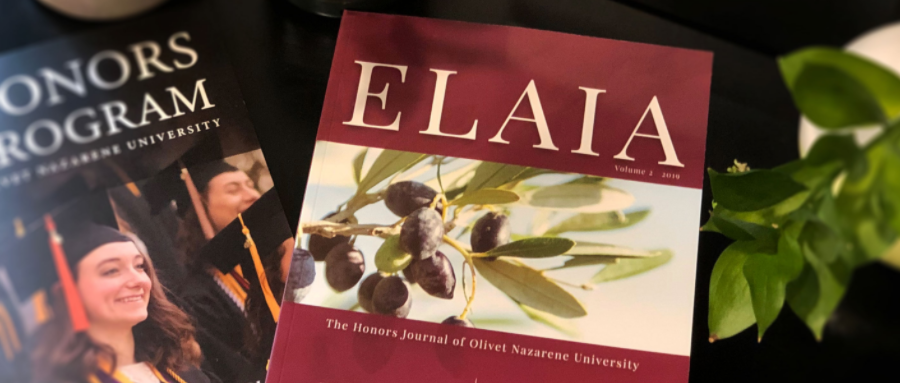Document Type
Thesis
First Advisor
Dr. Troendle
Publication Date
5-2023
Abstract
Massive amphibian declines of recent years have pushed researchers to pursue population genetics surveys and assess the status of these essential components of many ecosystems. The Northern Leopard Frog (Lithobates pipiens) has continuously experienced population declines across the continental United States due to a combination of habitat losses and environmental changes. Midewin National Tallgrass Prairie houses a considerable portion of L. pipiens in Illinois, and the two creek watersheds studied within this location provide ideal conditions to support these animals. Because this prairie restoration project is a relatively recent development, further assessments regarding the population structure and degree of migration within these L. pipiens populations are needed. Analysis of seven microsatellite loci specific to L. pipiens revealed significant deviation in Hardy-Weinberg Equilibrium for most populations, supporting the large estimated migration rate of 7.197 migrants per generation. Genotype clustering analysis also implied large instances of gene flow between populations—a likely effect of many migration events. Additionally, high levels of genetic diversity (Ho = 0.792-0.873) and total private alleles (46) were surprisingly maintained in all observed populations, suggesting large population sizes. These findings indicate the presence of an incredibly large, dynamic, and biodiverse L. pipiens population that has not previously been defined in this area. With this information, further protection of the Midewin populations can be achieved to avoid the genetic diversity and population size loss associated with L. pipiens groups located in the western United States.
Recommended Citation
Brinkman, Gretchen A., "Analysis of the Population Structure and Migration Habits of the Northern Leopard Frog (Lithobates Pipiens) at Midewin National Tallgrass Prairie" (2023). Honors Program Projects. 144.
https://digitalcommons.olivet.edu/honr_proj/144



Comments
"Special thanks are due to the Pence-Boyce Research Grant bestowed on this project in the summer of 2022, which financially supported essential research expenses necessary to complete this project. I would also like to express appreciation for the Hippenhammer Grant providers for granting this project consistent financial support throughout the years of its development and completion. Thanks also to the University of Utah’s Core Genomics Facility for working with me to supply genotyping/sequencing data for such a large data set. Without this help, the level of analysis required for this research would have been nearly unattainable"